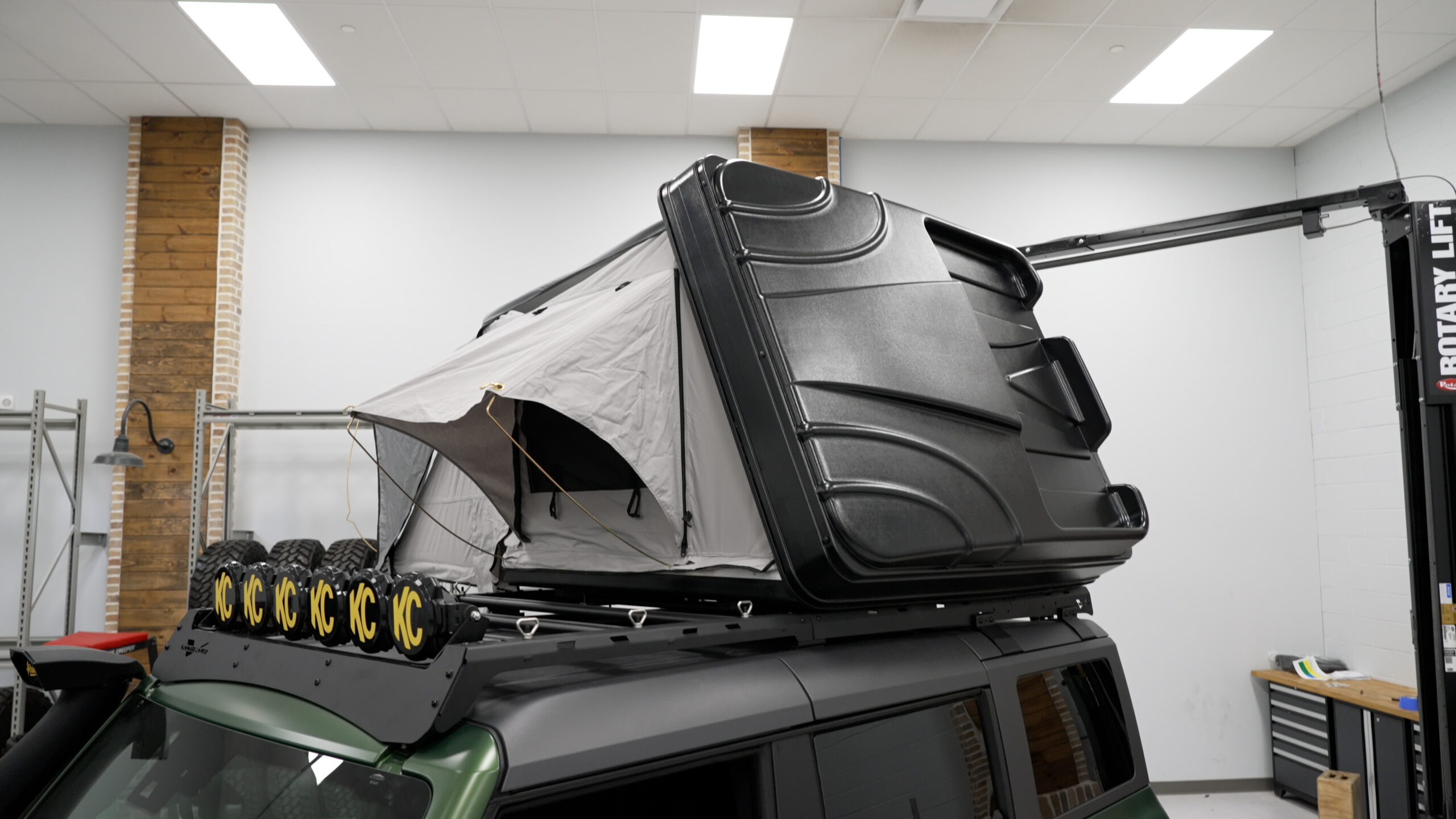Almost all laser systems emit beams that follow the angular pattern of the Gaussian distribution. A Gaussian irradiance profile means that the irradiance has a smooth peak at the central point and slowly declines towards the edges. Theoretically, the irradiance level of the Gaussian profile never reaches zero, which means this profile can expand indefinitely. This phenomenon in laser beams leads to a significant amount of light energy being wasted. However, for various practical applications, we require a laser beam system that can minimize the wastage of light energy. To address this, Flat Top Laser Beams have been developed to overcome the limitations of the Gaussian profile and provide a beam profile with sharp edges and uniform irradiance. The purpose of Flat Top Laser Beam Shapers is to transform a Gaussian beam into a Top Hat Laser Beam or Flat Top Laser Beam.
The Role of DOEs in Beam Shaping
As laser beams do not naturally exhibit a Top Hat or Flat Top beam profile, we need to transform a Gaussian beam into a Top Hat beam using an additional component or beam shaper. This modification enables the beam profile to be used in various laser applications. Analytical beam shapers and diffuser beam shapers are the two primary types of Flat Top Laser Beam Shapers.
DOEs, or Diffractive Optical Elements, are analytical beam shapers consisting of a single element designed to alter the beam’s wavefront. DOEs are computer-generated holograms (CGH) and incorporate specific delay topographies that exploit the wave nature of light. The structure of the DOEs can be designed to execute complex alterations on coherent light beams, such as laser beams.
Diffractive optical elements (DOEs) introduce a precise phase change to the beam. As the beam travels, this phase change results in a smooth, flat-top irradiance profile at focus. The shape of the profile can be customized according to requirements, such as a circle, square, rectangle, or line.
Thus, the main advantage of using this type of beam shaper is its excellent performance with coherent beams, such as TEM00 Gaussian beams with low M2 values. This type of input coherent beam has significant applications in the laser material processing industry. Conversely, the use of diffusing elements as beam shapers is commonly found in multi-mode, low-coherence laser beams.
The Setup for a DOE Beam Shaper
The setup for a beam shaper includes a laser beam that enters the DOE and a focusing lens, such as an F-Theta lens, placed after the DOE. The objective is to reproduce the DOE’s far field at the focal plane. The beam shaper performs optimally when the clear aperture of the lens is twice or more than that of the DOE and the lens is free from aberrations.
Applications
Flat Top Laser Beam Profiles have significant applications in various industry sectors, including semiconductors and microelectronics, where these beam irradiance profiles are useful for tasks such as hole drilling, copper removal, and scribing of contacts, among others. Top Hat Laser beams also have significant applications in hi-tech manufacturing, green energy industries, and, notably, laser metal processing industries.








